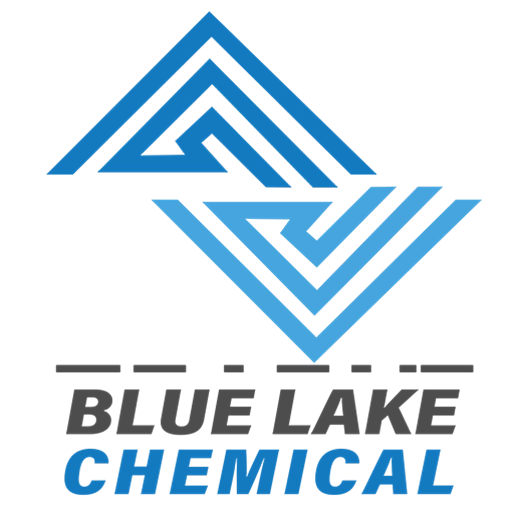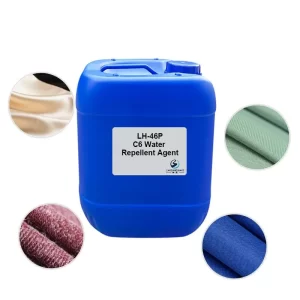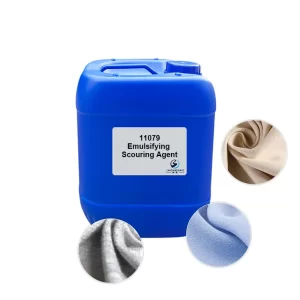Blogs & News
Stay updated with expert articles, trends, and news on textile chemicals, fabric treatments, and industry innovations.

BLUELAKECHEM to Attend HanoiTex 2025|Join Vietnam’s Leading Textile Industry Event — Booth 2A09
Hanoi, Vietnam — December 16–18, 2025HanoiTex 2025 (Vietnam Hanoi Textile & Garment Industry Expo), the largest and most influential textile and garment exhibition in northern Vietnam, will once again open at the ICE Hanoi – Friendship and Culture Palace. Supported by the Ministry of Industry and Trade of Vietnam and major industry associations, the show…
Read More →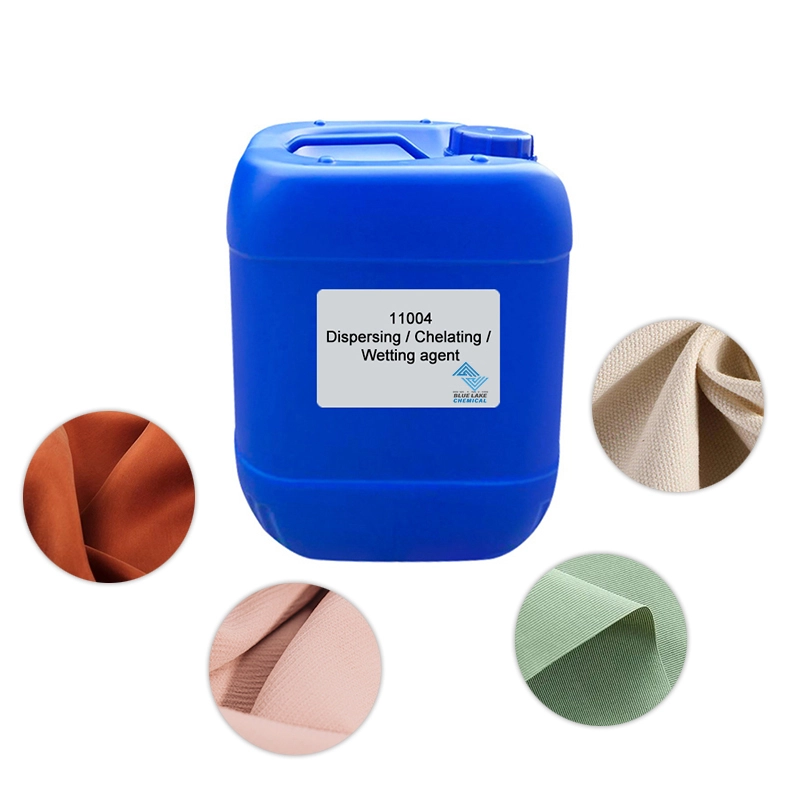
Nonionic Wetting Agent: A High-efficiency Wetting Solution for Full Process of Textile Finishing
In the textile dyeing and finishing industry, wetting is one of the key factors to determine the treating effect. Whether it is to remove impurities in the pretreatment process, improve dyeing evenness in the dyeing process, or to improve coating effectiveness in the finishing process, wetting speed and wetting depth both directly affect the production efficiency…
Read More →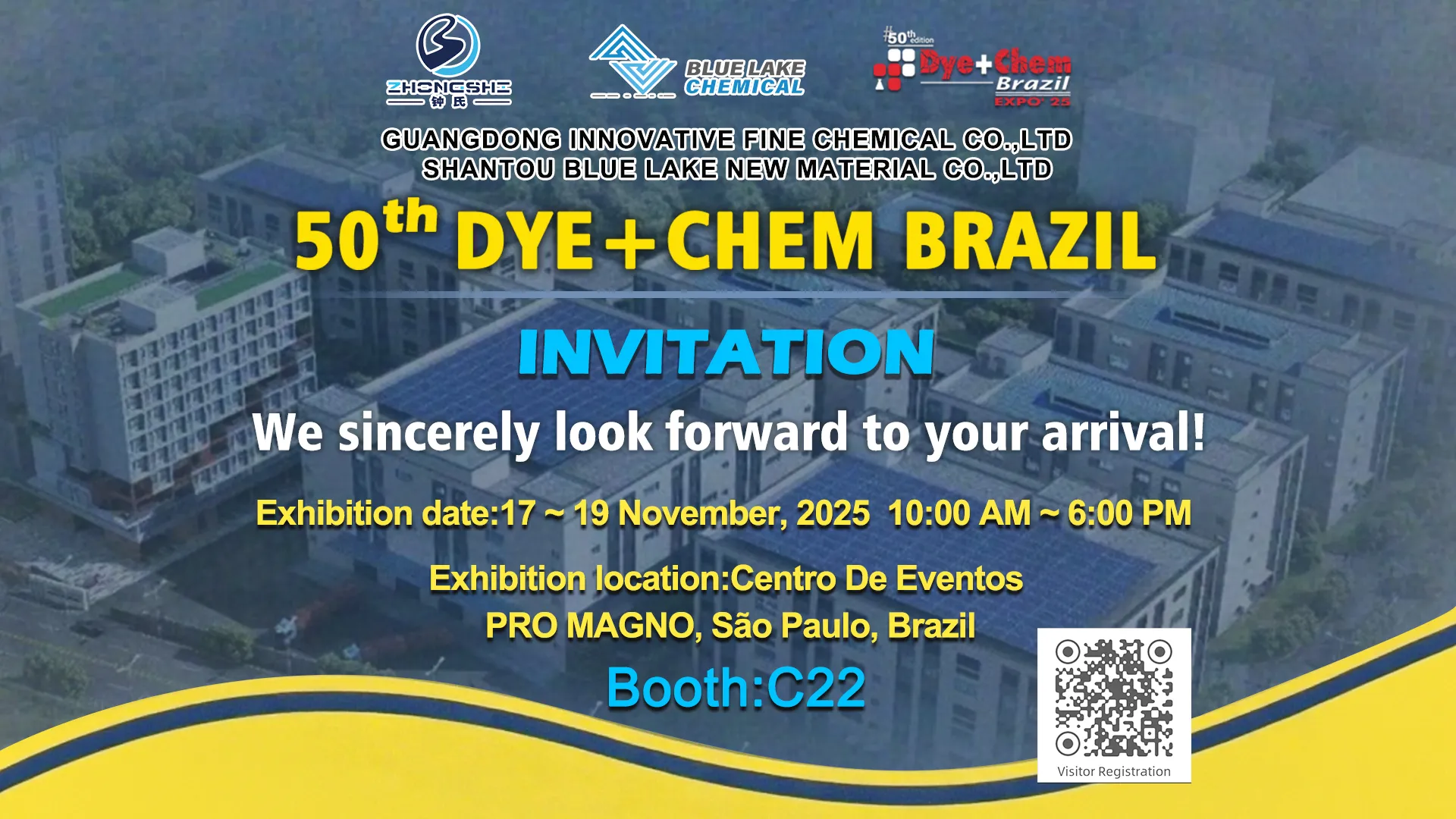
BLUELAKECHEM Sincerely Invites You to Together Visit The 50th DYE+CHEM BRAZIL International EXPO 2025
Exhibition Information In 2025, the global textile and chemical industry's attention will again focus on Sao Paulo. The 50th DYE+CHEM BRAZIL International EXPO 2025 held by CEMS-Global USA will open grandly. As one of the world's most influential exhibitions of Dye+Chem series, this year's exhibition will present a high-standard and high-level professional event for the global textile auxiliaries and dyeing chemical…
Read More →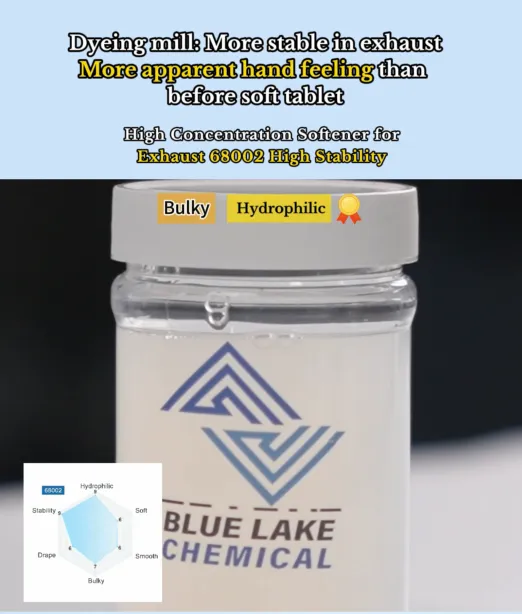
Fabric Bath Softener: A High-stability Soft Solution to Make Cotton Fluffier and More Hydrophilic
In the traditional textile production, soft finishing is usually carried out separately after dyeing or soaping. However, as the global demand for energy conservation, emission reduction and improvement of production efficiency continues to rise, more and more dyeing and finishing mills are beginning to seek soft finishing solutions that can be used in the same bath with dyeing and soaping…
Read More →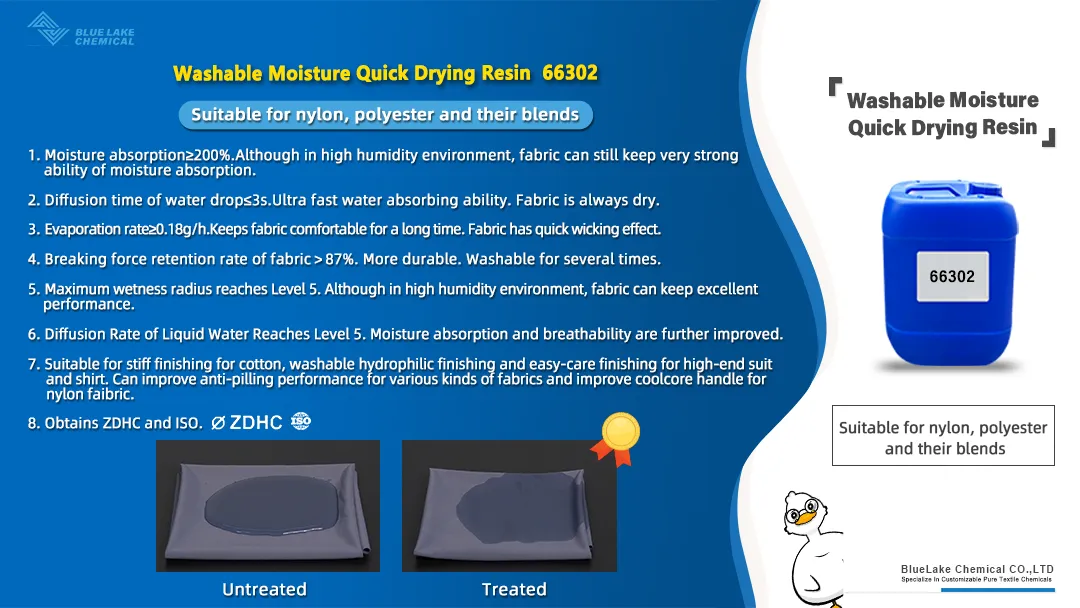
Washable Quick Drying Resin: Imparts Fabrics Long-lasting Dry Handle and Higher Durability
In high-end fabrics, such as sportswear, outdoor clothes and functional shirts, etc., "Moisture absorption and quick drying" has already become one of the important indexes for measuring the comfort of fabrics. In traditional moisture absorption finishing process, there are often problems such as insufficient washability, hard handle or decreased fiber strength, etc., which make it difficult to meet…
Read More →
From Water-Saving to High Efficiency: The New-Generation Leveling Technology for Dark-Color Reactive Dyeing
Why dark-color dyeing remains a long-standing challenge for dyeing mills. In textile dyeing process, dark-colored fabrics often mean higher technical requirements and more production cost. Due to the high dye uptake of dark-colored dyes and the large concentration of the bath solution, there is very likely to happen following problems: Aiming at these industry pain points, BLUELAKECHEM develops…
Read More →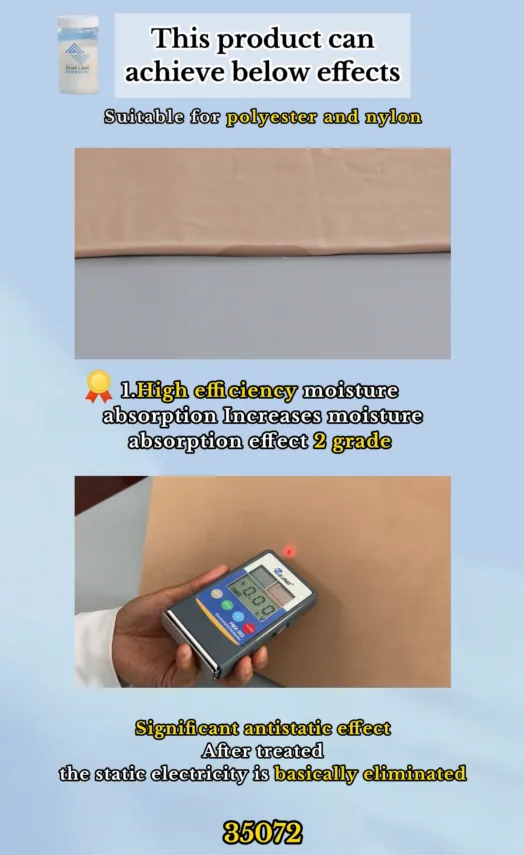
The Balance between Functionality and Comfort: Eco-friendly Moisture Wicking Agent
With the rapid development of the sports, casual and outdoor clothing market, consumers have higher requirements for the comfort of fabrics. Although chemical fiber fabrics, as polyester and nylon, etc. have high strength and high wear resistance, they have poor moisture absorption and are prone to producing static electricity and are hot to wear. It is often difficult…
Read More →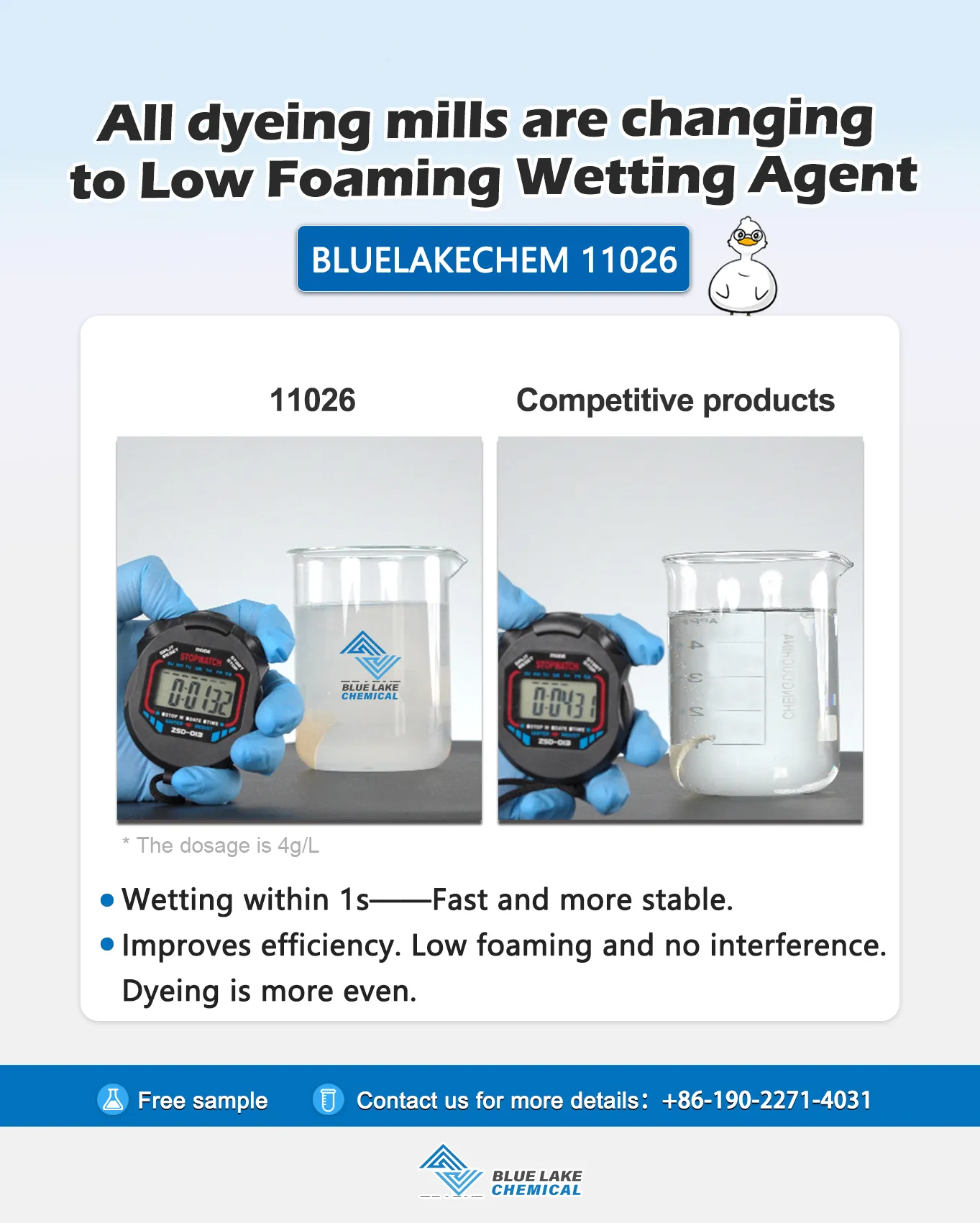
Nonionic Wetting Agent for Stable Textile Processes – From Pretreatment to Finishing
Recently, BLUELAKECHEM has developed a high-concentration, low-foaming nonionic wetting agent with excellent wetting, emulsifying, and eco-friendly properties. It solves problems such as incomplete dyeing and poor hand feel caused by fabric surface tension, fiber structure, and uneven bath distribution. It can bring textile mills higher efficiency and a more stable production experience. Excellent Wetting Performance…
Read More →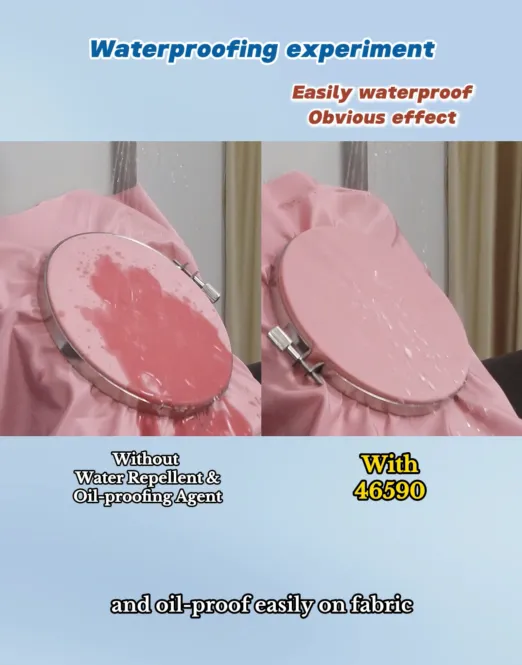
Make Fabrics Waterproof and Oilproof – C6 Waterproof Agent Creates Durable & Clean High-end Fabrics
In the finishing process of high-performance textiles, water-repellent, oilproof and anti-fouling performance is becoming an important criterion for evaluating fabric quality. With consumers' increasing demand for outdoor sportswear, functional clothing and high-end home textiles, the traditional single water-repellent finishing has become difficult to meet market requirements. BLUELAKECHEM has developed C6 Water-repellent & Oilproof Agent 46590. It is adopted fluosol see perfluorocarbon (C6) technology. By…
Read More →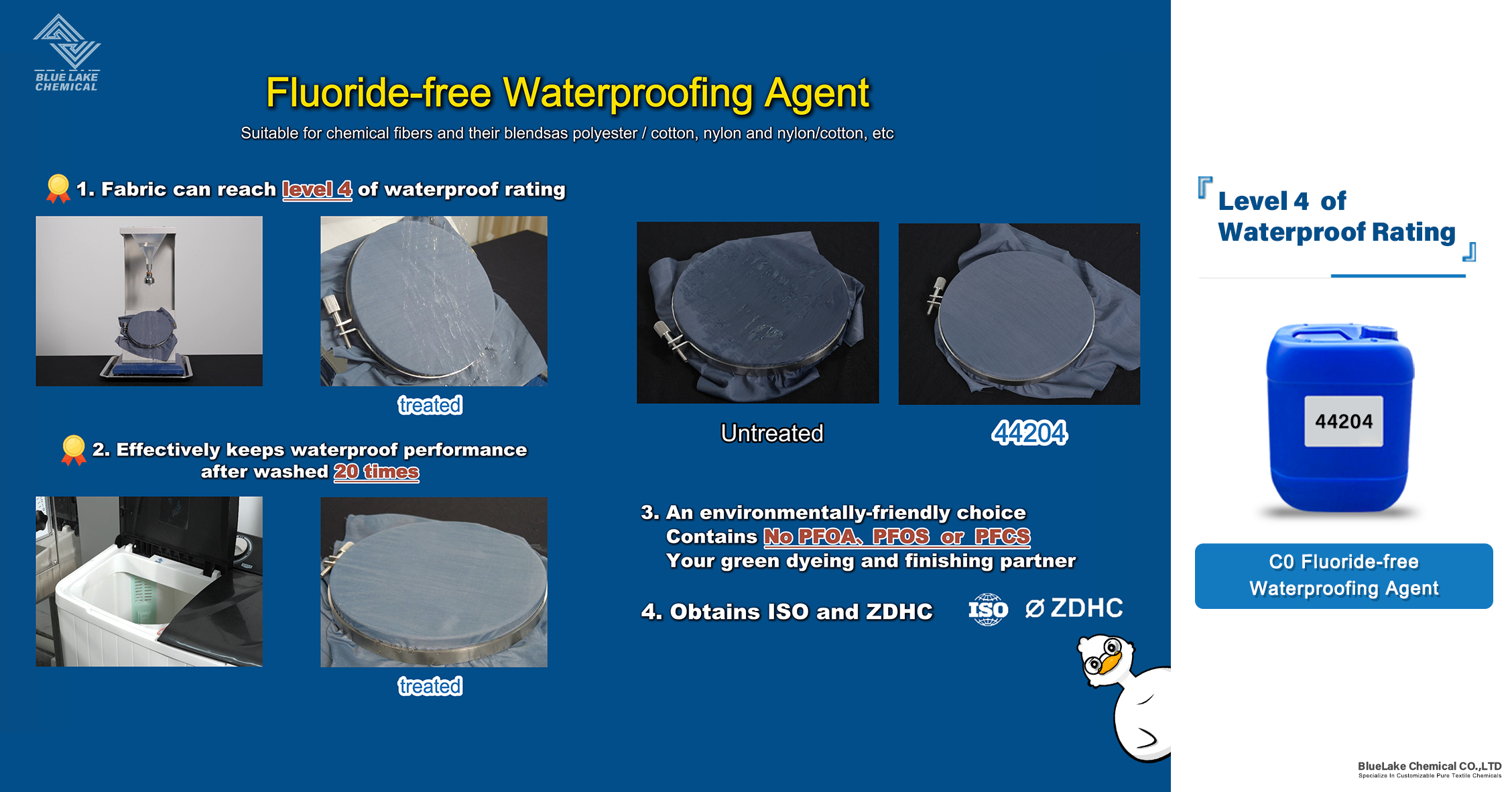
Upgrade Your Water Repellent Finishing Process – C0 Fluoride-free Water Repellent Agent
In today's textile finishing industry, sustainability has become an important criterion for choosing chemical auxiliaries. Traditional water repellent agents often contain perfluorinated compounds (such as PFOA, PFOS and PFCS, etc.), which are difficult to degrade and pose potential pollution to the environment. With increasingly strict global environmental protection regulations and the continuous growth of consumers' demand for…
Read More →